Do you have a question about the Sylvania LC225SSX and is the answer not in the manual?
Detailed guidelines for safe operation and installation of the TV.
Cautions regarding electric shock and fire risks, including warnings about moisture.
Lists all items included with the television for setup and operation.
Step-by-step guide for safely installing the television stand.
Explains common icons used within the user manual.
Highlights the main capabilities and functions of the television.
Identifies the physical buttons located on the TV unit.
Details the various input and output connection ports on the TV.
Details the operation and functions of the TV remote control buttons.
Guide on how to correctly insert batteries into the remote control.
Instructions for connecting the TV to broadcast signals via antenna.
Guides for connecting cable or satellite receivers to the TV.
Setup for high-definition digital video inputs like HDMI and DVI.
Setup for connecting devices using component video signals.
Setup for connecting devices using S-video signals.
Setup for composite video and audio inputs.
Connecting to external digital audio devices for enhanced sound.
Connecting and using the TV as a PC monitor.
Guidance on safely plugging in the TV's power cord to an outlet.
Steps for the first-time configuration and channel scanning of the TV.
How to change channels using buttons or number keys.
How to control the TV's audio level and mute function.
Setting the TV to turn off automatically after a specified time.
Pausing the live TV image for closer inspection.
Selecting audio language or mode for digital broadcasts.
Changing between TV and external video/audio sources.
Shows current channel, audio mode, and detailed program information.
Changing picture display modes for different signal types.
Accessing and navigating through the TV's main settings menu.
Automatically scanning for and memorizing available TV channels.
Skipping or selecting specific channels in the channel list.
Adding channels not found by the automatic scan.
Checking the digital signal strength of received channels.
Setting the on-screen display language for menus and prompts.
Adjusting brightness, contrast, color, tint, and sharpness for optimal viewing.
Choosing preset picture modes like Standard, Movie, or Sports.
Selecting audio profiles such as Standard, Movie, Music, or News.
Adjusting specific sound frequencies for custom audio output.
Selecting basic closed caption services (CC1-CC4) for text display.
Configuring advanced DTV closed captioning services.
Adjusting font, color, and display settings for captions.
Customizing the appearance of caption text, including font and color.
Adjusting caption background and edge effects for better readability.
Setting program access restrictions based on ratings.
Setting or changing the access password for parental controls.
Hiding specific channels or external input modes from selection.
Blocking content based on movie rating systems (MPAA).
Setting blocking for different TV program rating categories.
Fine-tuning blocking for specific content elements within ratings.
Procedure to change the existing access password for parental controls.
Optimizing PC screen position, clock, and phase for clarity.
Using the auto-sync feature for PC display optimization.
Adjusting power consumption settings to save energy.
Choosing between Retail and Home modes for TV settings.
Checking the installed firmware version of the television.
Troubleshooting a non-responsive remote control.
Resolving issues encountered during the initial TV configuration.
Reasons for not being able to watch certain TV programs.
Issues with delayed or missing captions on screen.
Solutions for power issues and lack of screen image.
Resolving audio problems and color display faults.
Addressing distorted images, interference, and picture quality issues.
How volume and screen size changes affect input modes.
Solutions for white boxes or missing captions on screen.
Definitions of key technical terms and acronyms used in the manual.
Instructions for cleaning the TV exterior and screen.
Procedure to test the functionality of the remote control's infrared signal.
Chart mapping cable TV channels to company designations.
Technical details including power requirements and audio output.
Details on what the 90-day labor/1-year parts warranty covers.
Items and conditions not covered by the product warranty.
Contact information and steps for obtaining warranty service.
| Screen Size | 22 inches |
|---|---|
| Display Technology | LCD |
| Aspect Ratio | 16:9 |
| Native Resolution | 1680 x 1050 |
| Resolution | 1680 x 1050 |
| Contrast Ratio | 1000:1 |
| Brightness | 300 cd/m² |
| Response Time | 5 ms |
| Speakers | 2 x 3W |
| Inputs | HDMI, Component, Composite, VGA |
| Viewing Angle | 170° (H) / 160° (V) |
| Power Consumption | 45W (typical) |
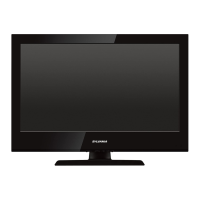
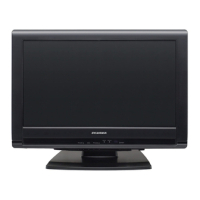
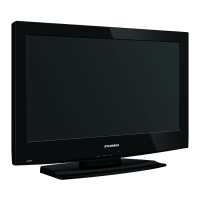
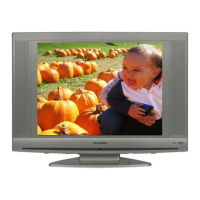
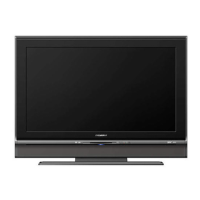
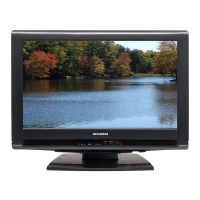
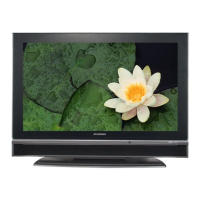

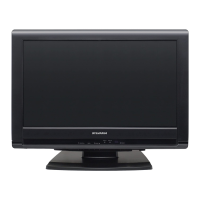
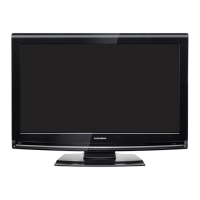
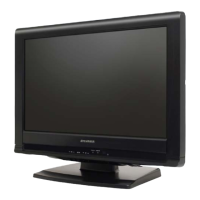
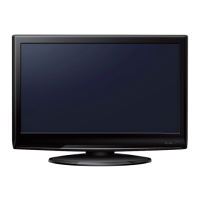
